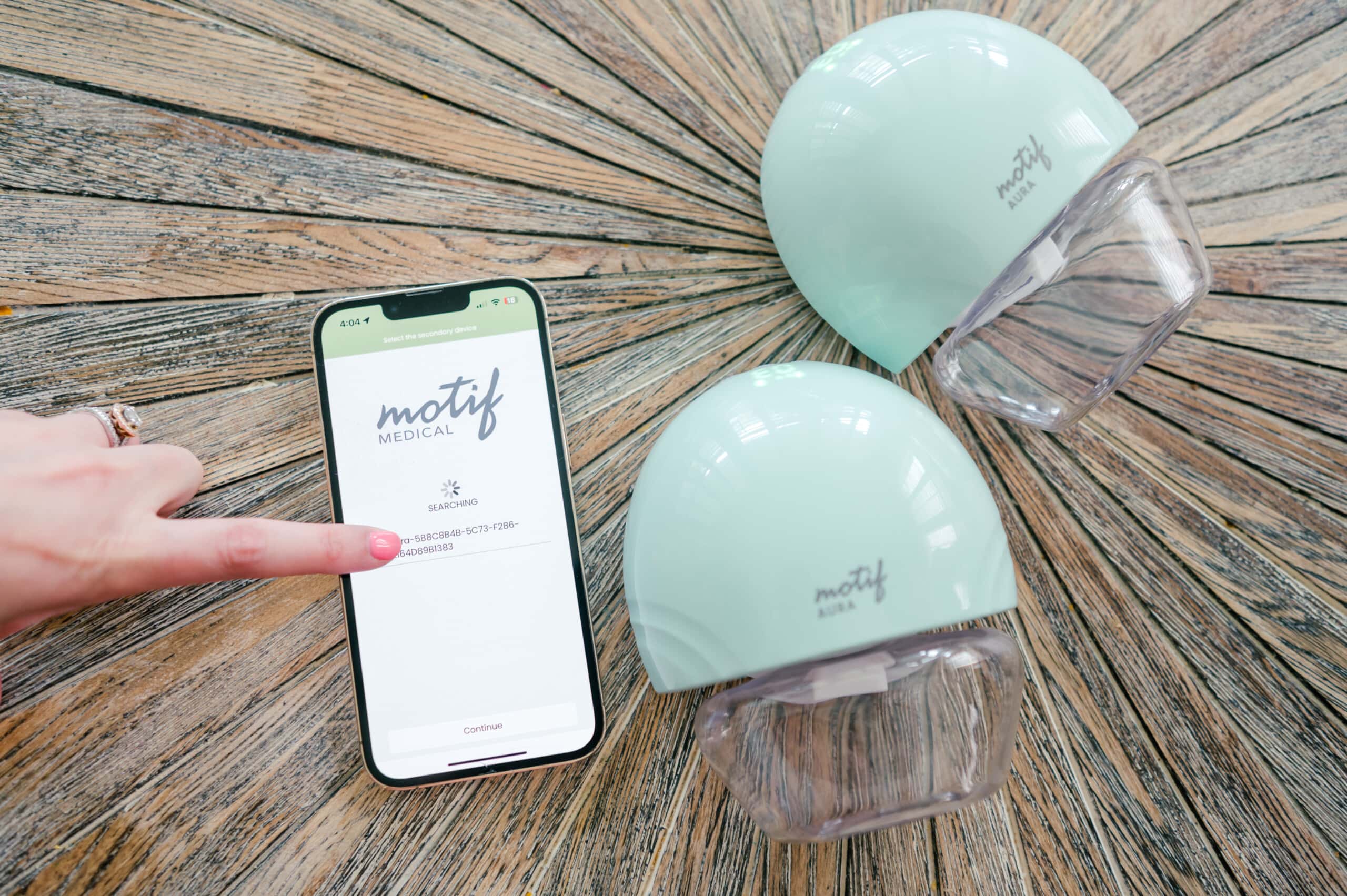As a parent, you may find yourself in desperate need of a solution to soothe your baby. Breastfeeding usually satisfies this need, but for some little ones who need something beyond the breast or for those who are bottle-fed, soothers (or dummies or pacifiers) have been the go-to for parents for many years.
The act of sucking on a soother can have a remarkably calming effect on babies, alleviating their discomfort, aiding in pain relief, promoting better sleep, and even supporting digestion.
However, it’s important to acknowledge that soothers also come with potential drawbacks, such as teeth and jaw misalignment, as well as potential breastfeeding issues that could be exacerbated by their use.
The type of soother teat you choose can have a lasting impact on your child’s oral health. With this in mind, many parents are understandably sceptical about whether to introduce a soother to their baby and, if so, which one to choose and why the teat shape matters.
An interesting study conducted by the University of Minho in Portugal delved into this subject, employing sophisticated computer simulations to investigate the effects of soothers with different shapes on the palate, jaw, and teeth.
The results yielded by this research underscored the alarming extent to which incorrect soothers and prolonged usage can lead to deformation and misalignment issues. Isabell von Gymnich, a paediatric dentist, concluded that ‘the simulations impressively demonstrated the potential risks associated with incorrect soothers and prolonged use’.
Significant variations were observed between soothers with round, symmetrical, or flattened orthodontic teats. It became evident that the shape of the teat is the decisive factor when it comes to choosing the right soother for your baby’s oral health.
The simulations clearly demonstrated that soothers with an orthodontic shape are the safest choice for your baby’s palate and jaw. The flattened shape of the teat distributes pressure more evenly during sucking, reducing the likelihood of incisor and molar displacement.
What else to look for in a baby soother
In addition to an orthodontic teat being best for optimal oral health, it’s important to find a teat that’s modelled on nature. A thin and narrow teat neck reduces the pressure on the jaws and teeth, whilst a flatter, smoother teat mimics a mother’s nipple as she breastfeeds.
Conclusion
Choosing a soother with an orthodontic-shaped teat is highly recommended by paediatric dentists. These teats are designed to mimic the natural shape of a baby’s mouth, allowing for proper tongue placement and jaw alignment. The orthodontic teat helps prevent potential dental problems such as misalignment of teeth or bite issues that can arise from prolonged pacifier use.

 PARENTING TIPS
PARENTING TIPS







 PREGNANCY
PREGNANCY








 BABY CARE
BABY CARE








 TODDLERS
TODDLERS








 TEENS
TEENS








 HEALTH CARE
HEALTH CARE







 ACTIVITIES & CRAFTS
ACTIVITIES & CRAFTS








 CONTACT
CONTACT ABOUT
ABOUT
















